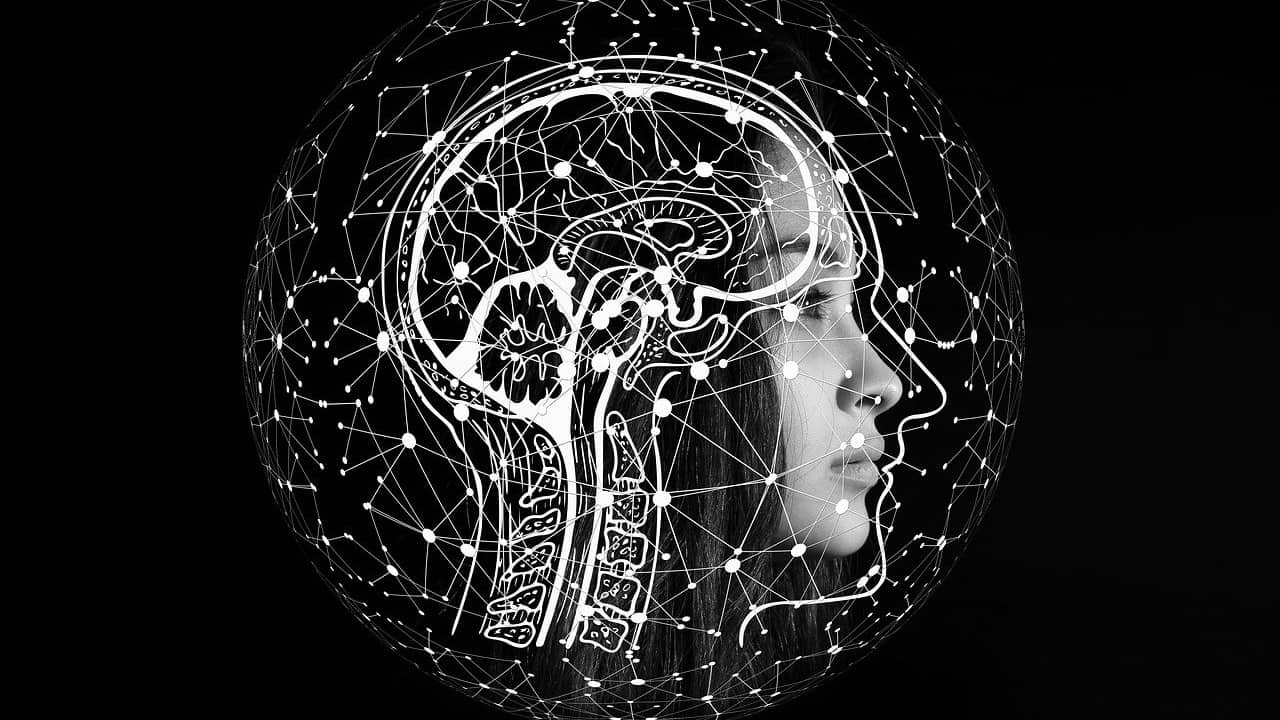Pasta and bread are commonly consumed food items that are a staple in many diets around the world. But have you ever wondered what biomolecule is found in these delicious carbohydrates? Let’s explore the answer to this question in this article.
1. Carbohydrates
Carbohydrates are the biomolecules primarily found in pasta and bread. They are one of the three main types of macronutrients, along with proteins and fats. Carbohydrates are composed of carbon, hydrogen, and oxygen atoms.
There are different types of carbohydrates, including:
- Monosaccharides: These are simple sugars like glucose, fructose, and galactose.
- Disaccharides: They are formed by the combination of two monosaccharides. Examples include sucrose (glucose + fructose) and lactose (glucose + galactose).
- Polysaccharides: Complex carbohydrates composed of long chains of monosaccharides. Starch and glycogen are examples of polysaccharides commonly found in pasta and bread.
In pasta and bread, the main type of carbohydrates present is starch, which is made up of long chains of glucose molecules.
2. Starch Content in Pasta and Bread
Starch is the predominant carbohydrate in pasta and bread. It serves as a source of energy when consumed. Here is a table showing the starch content in different types of pasta and bread:
| Type of Food | Starch Content (per 100g) |
|---|---|
| Pasta (cooked, plain) | 25g |
| White Bread | 47g |
| Whole Wheat Bread | 40g |
As you can see, pasta and bread are rich sources of starch, providing a significant amount of carbohydrates for your body’s energy needs.
3. Dietary Fiber in Pasta and Bread
Another important component found in pasta and bread is dietary fiber. Fiber is a type of carbohydrate that cannot be digested by the human body. It plays a crucial role in maintaining digestive health and preventing certain diseases.
In pasta and bread, the fiber content varies depending on the type of grain and refining process. Whole grain pasta and bread tend to be higher in fiber compared to refined versions. Here are some examples:
- Whole Wheat Pasta: 6g of fiber per cooked cup
- Whole Wheat Bread: 2g of fiber per slice
- White Pasta: 2g of fiber per cooked cup
- White Bread: 1g of fiber per slice
It is recommended to choose whole grain alternatives for higher fiber content and additional health benefits.
4. Other Nutrients in Pasta and Bread
Pasta and bread also contain other essential nutrients apart from carbohydrates. These include:
- Proteins: Although relatively lower in quantity compared to carbohydrates, pasta and bread provide some protein.
- Vitamins and Minerals: Certain types of bread and pasta are fortified with vitamins and minerals, which contribute to a varied nutrient profile.
- Fats: While pasta and bread are predominantly sources of carbohydrates, they also contain small amounts of fats.
5. Conclusion
In summary, the biomolecule primarily found in pasta and bread is carbohydrates, with starch being the key component. Pasta and bread are also a source of dietary fiber, proteins, vitamins, and minerals. When making choices about your pasta and bread consumption, consider opting for whole grain varieties for higher fiber content and additional nutritional benefits. Remember to maintain a balanced diet to meet your body’s overall nutritional requirements.
